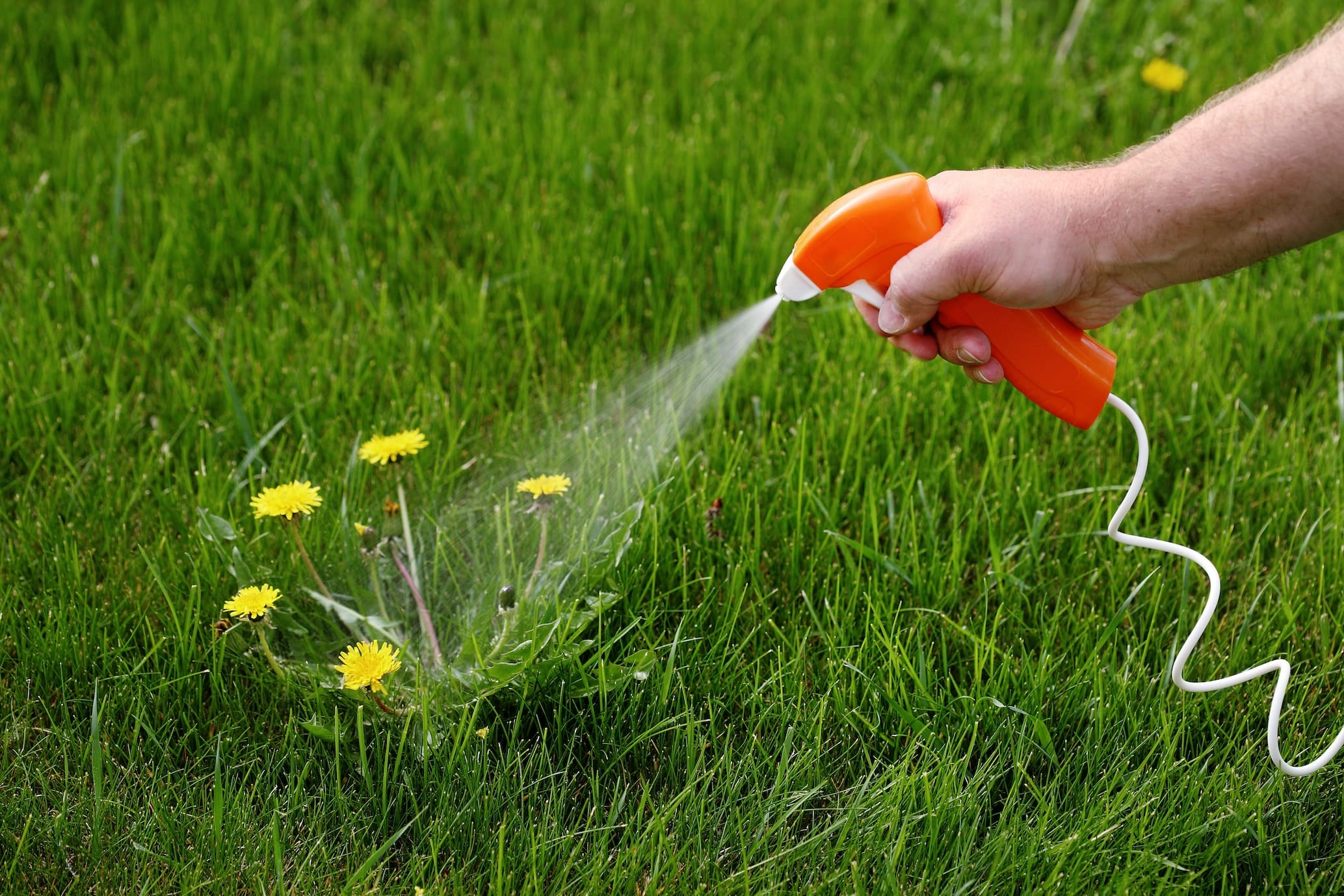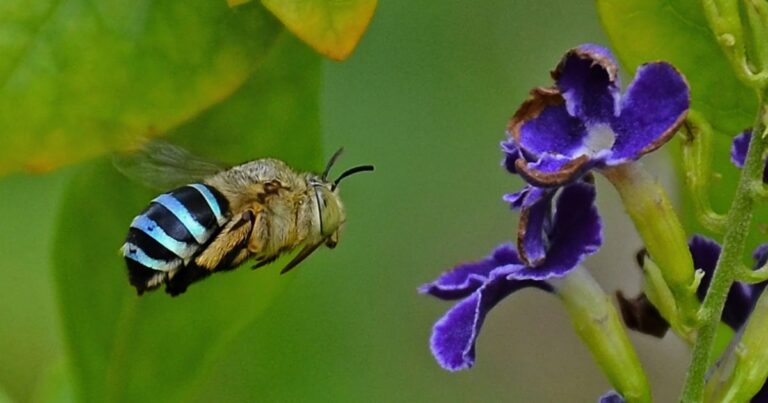New Evidence against the ‘Harmless’ Herbicide
Since its introduction in 1974, glyphosate, marketed as Roundup, has become the world’smost popular herbicide; more than 8.5 million tonnes have been used around the…

Since its introduction in 1974, glyphosate, marketed as Roundup, has become the world’s
most popular herbicide; more than 8.5 million tonnes have been used around the globe. Long
considered to be harmless to animals, since it acts by blocking a metabolic pathway found
only in plants and microorganisms, it is stable, non-specific and readily translocated in plant
tissues. Commercial usage increased dramatically with the advent of genetically modified
‘Roundup Ready’ crops in 1996, which are resistant to glyphosate and can be sprayed
directly, allowing the herbicide to also be used as a desiccant. The emergence of resistant
weeds has also necessitated higher dose rates.
But is it really safe? There is conflicting evidence, none of which appears conclusive, but
glyphosate has been linked to cancer and reproductive issues, as well as increases in gluten
intolerance and celiac disease. In 2015, both the European Food Safety Agency and the US
Environmental Protection Agency concluded that glyphosate is unlikely to be carcinogenic in
humans, but in the same year the International Agency for Research on Cancer announced
that it probably was. The Australian Farmers website asserts that there is overwhelming
scientific evidence to support glyphosate’s safety, however, several successful lawsuits have
alleged that Roundup has caused cancer and in the last decade its use has been banned or
restricted in some countries.
Insects comprise the group of nontarget organisms subject to the greatest exposure to
glyphosate, and as such are most likely to display adverse reactions. A study by scientists
from the University of Texas found that glyphosate damages beneficial bacteria in the gut of
honey bees, rendering them more susceptible to infection. It has also been shown to impact
bees’ learning abilities and to hinder navigation. Now a new study has highlighted the danger
posed by nonlethal effects that can nevertheless have a profound long-term impact.
Bumblebees are important pollinators in cooler climates, since their relatively large body size
and thick fur coat enables them to forage at significantly lower temperatures than other bees.
One species, the Arctic bumblebee (Bombus polaris) is quite at home in the frozen wasteland
of the Arctic Circle. Buff-tailed bumblebees (Bombus terrestris) are also important
commercially as specialised ‘buzz’ pollinators of crops such as tomatoes, capsicums,
eggplants and chillies. Large flight muscles can be ‘shivered’ to generate considerable heat,
making bumblebees particularly adept at thermoregulation, and enabling them to successfully
raise brood (which must be maintained between 25 and 35 o C) under much cooler
environmental conditions. Unfortunately, bumblebees are in decline in many regions, due
primarily to habitat loss and the use of pesticides; lack of resources can threaten colonies’
ability to keep warm, and thereby arrest larval development.
In a recent study published in Science, researchers from the University of Konstanz in
Germany set out to investigate the effects of glyphosate on buff-tailed bumblebees. Control
groups were fed pollen and sugar water, while for experimental worker bumblebees, five
milligrams per litre of glyphosate was added to the syrupy solution. Individual fitness was
first evaluated by giving each worker a ‘brood dummy’, or imitation larva, to care for.
Although the bees that had consumed glyphosate may have been a little more sluggish, there
was negligible difference in performance.
Next, the scientists examined thermoregulatory activity at the colony level, by dividing
colonies into equal halves, one of which was fed the glyphosate-laced sugar syrup.
At first there was again little difference. ‘When colonies were undisturbed and well-fed, no
difference in mean nest temperature between the two sides of a colony was detected,’ the
report concluded.
However, after thirty days, food resources were reduced. The brood managed by bees that
had not been exposed to glyphosate cooled somewhat, but not sufficient to impede
development. In the nests tended by bees whose diet had included glyphosate, temperatures
dropped far more rapidly, eventually falling to levels at which growth of the developing
brood would be compromised.
So the effects of glyphosate exposure became evident only when colonies were placed under
stress due to scarcity of resources. In fact, the study found that, ‘the collective ability to
maintain the necessary high brood temperatures is decreased by more than 25% during
periods of resource limitation.’
It is yet to be determined how glyphosate reduces the bees’ capacity for active thermogenesis,
but this could be due to negative impacts on the bees’ biome – the same phenomenon
previously identified in the study by the University of Texas. In a world in which many
ecosystems are already heavily stressed, the subtle, nonlethal effects of exposure to
glyphosate may indirectly lead to further declines in bee populations. So much for the
‘harmless’ herbicide.



